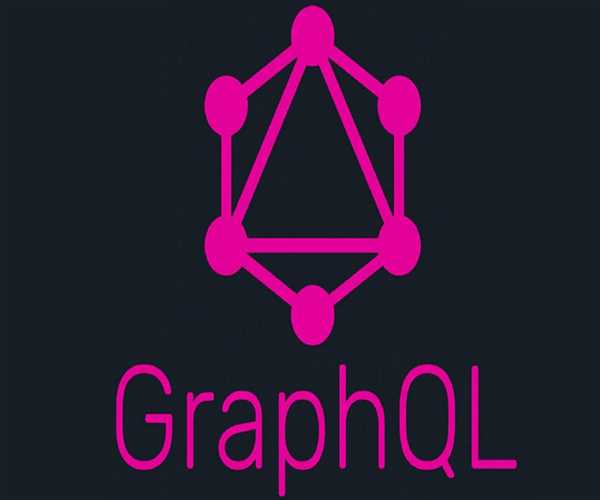In recent years, GraphQL has gained popularity as an effective alternative to traditional RESTful APIs. Facebook created GraphQL, which presents a greater flexible and green approach to query and adjust facts. In this blog, we will take a look at the ideas of GraphQL, its benefits, and a way to broaden GraphQL APIs.

What is GraphQL?
GraphQL is a query language and at the server runtime for application programming interfaces (APIs) that prioritizes offering clients with most effective the statistics they are looking for.
GraphQL aims to make APIs faster, more flexible, and more developer-friendly. It is even compatible with GraphiQL, an integrated development environment (IDE). As an alternative to REST, GraphQL allows developers to create requests that pull data from various sources in a single API call.
Additionally, GraphQL allows API maintainers to add or deprecate fields without affecting current queries. Developers can create APIs using whichever techniques they like, and the GraphQL standard ensures that they perform predictably for clients.
GraphQL Common Terms
- SCHEMA - API developers use GraphQL to define a schema that describes all of the data that clients can access through the service. A GraphQL schema is made up of object types, which describe the types of objects that can be requested and the fields they include.
- QUERIES - As queries are received, GraphQL validates them against the schema. GraphQL then performs validated queries.
- RESOLVER - The API developer associates each field in a schema with a function known as a resolver. During execution, the resolver is called to generate the result.
When Should You Use GraphQL?
GraphQL is a good answer to a particular problem: developing and consuming APIs. When utilized as envisioned, it can be a perfect tool for the following use cases:
Data fetching control
GraphQL 101 was created to allow clients to request only the data they require. While the server may be able to provide more data to the client in a single request, it will only send the data requested by the client. If you want the customer to be able to control the type and amount of data required for your project, GraphQL is appropriate.
Using several data sources.
GraphQL makes it easier to aggregate data from numerous sources or APIs and return it to the client via a single API call. API systems, such as REST, require repeated HTTP calls to access data from multiple sources.
Addressing bandwidth concerns
Small gadgets, such as mobile phones, smartwatches, and IoT devices, struggle with bandwidth because they cannot process massive amounts of data. Using GraphQL helps to mitigate this issue. Because GraphQL lets the client select what data it requires, the server avoids sending unnecessary data, which may reduce app performance when bandwidth is constrained.
Rapid Prototyping
GraphQL provides a single endpoint for accessing numerous resources. Furthermore, resources are not exposed based on the views that you have within your application. As a result, if your UI changes, requiring more or less data, the server is unaffected or requires no adjustments.
Benefits and Drawbacks of GraphQL
- A GraphQL schema defines a single source of truth in a GraphQL application. It enables an organization to federate its whole API.
- GraphQL calls are processed in one round trip. Clients receive exactly what they request, with no over-etching.
- Strongly defined data types help to reduce confusion between the client and server.
- GraphQL is introspective. A client can request a list of the data kinds that are accessible. This is great for automated documentation generation.
Disadvantages
- GraphQL has a learning curve for developers who are comfortable with REST APIs.
- GraphQL moves much of the effort of a data query to the server, increasing complexity for server developers.
- Depending on how it is implemented, GraphQL may necessitate different API management tactics than REST APIs, particularly in terms of rate restrictions and pricing.
- Caching is more sophisticated than REST.




Leave Comment